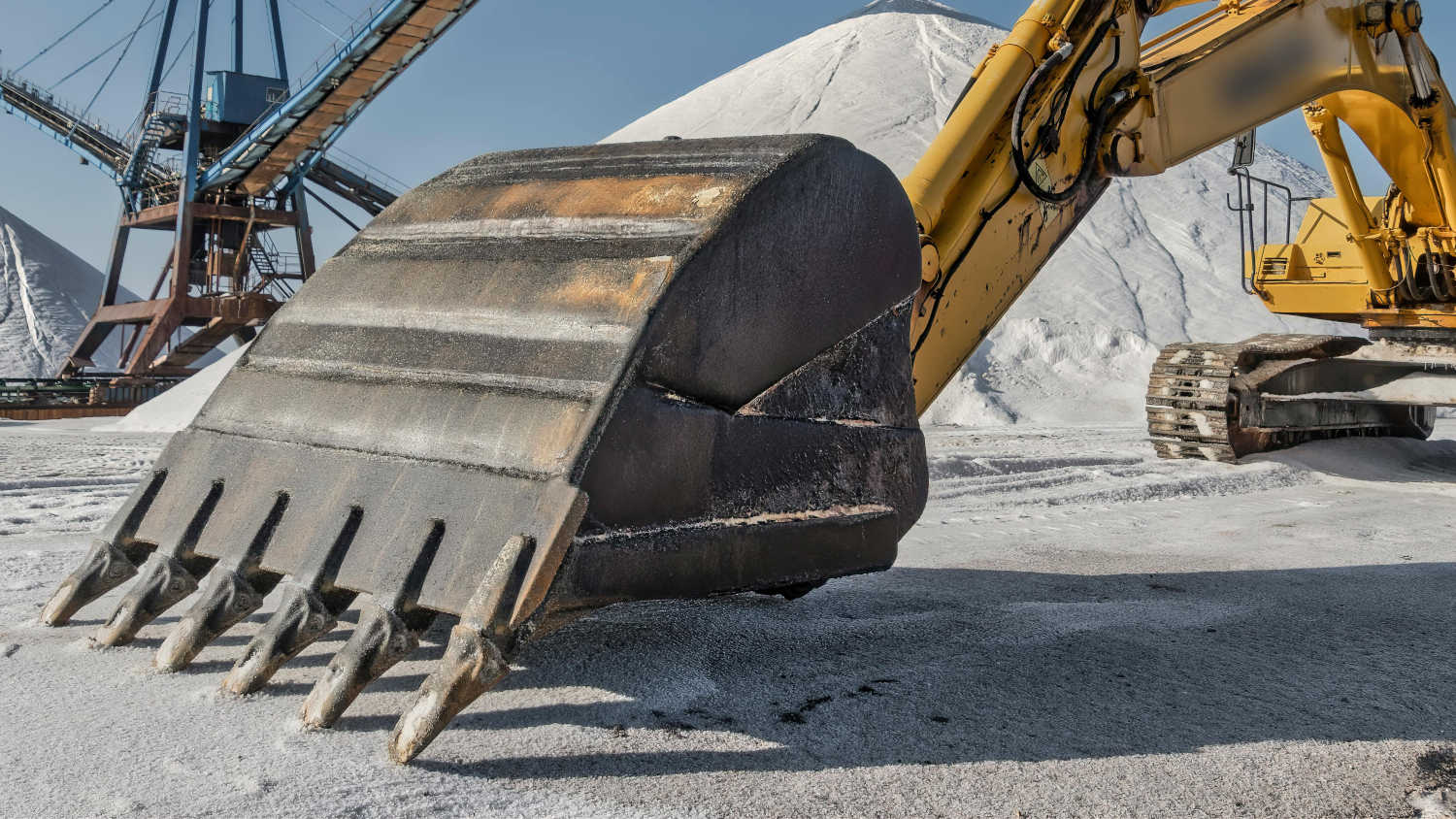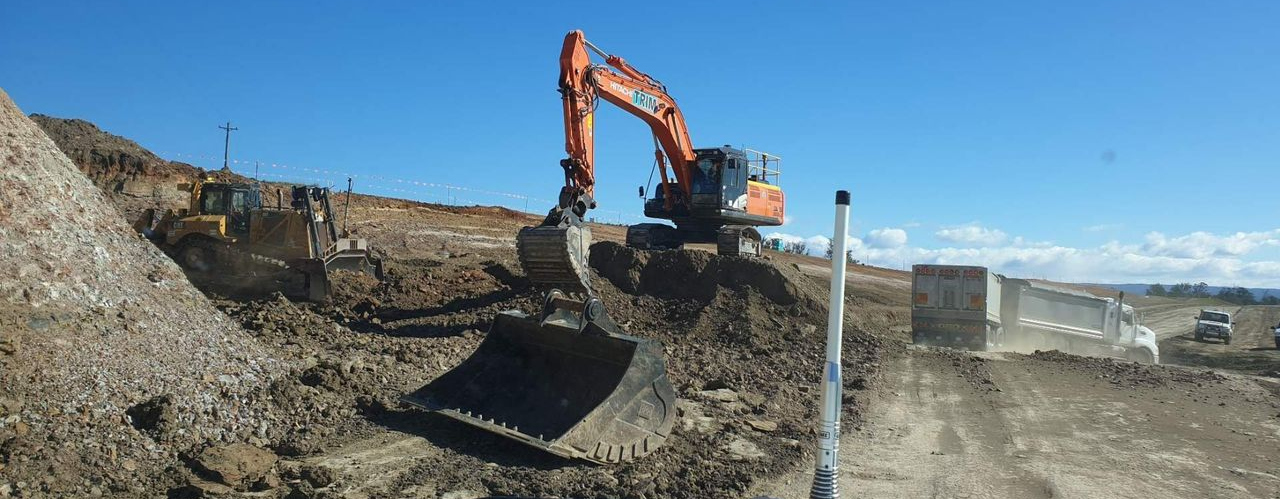
October 17, 2024
Choosing the right excavator bucket is crucial to enhancing the efficiency and success of any construction or excavation project. While the primary purpose of an excavator bucket is to dig, scoop or carry material, the specific design and type of bucket you choose can greatly affect your work’s productivity, accuracy and overall project timeline.
Let’s explore the impact of different excavator bucket designs on project efficiency and the innovative features that help improve workflow and reduce costs.
The Role of Excavator Bucket Design in Efficiency
Excavator buckets come in various designs, each tailored to specific applications and conditions. Selecting the right bucket for the job can streamline the excavation process, minimise wear and tear on equipment, and save valuable time.
Here’s a closer look at some common types of excavator buckets and how their unique designs can impact project efficiency.

1. General Purpose Buckets
General-purpose excavator buckets are widely used for light digging tasks, soil movement and loading. These buckets are versatile and offer a straightforward design suitable for a range of materials, including dirt, clay and sand.
While general-purpose buckets provide efficiency for basic excavation jobs, they may lack the precision or material-handling capabilities that other specialised buckets offer. For instance, they aren’t always ideal for handling large debris or rocks, which can reduce their effectiveness in more demanding projects.
2. Heavy-Duty Buckets
For excavation projects that involve rocky, compact or abrasive materials, heavy-duty buckets are essential. Built with reinforced side cutters, stronger teeth and thicker material, these buckets are designed to withstand challenging conditions without frequent wear.
The durability of heavy-duty buckets minimises the need for replacements or repairs, which directly improves project timelines and lowers equipment maintenance costs. Additionally, the robustness of these buckets enables them to work efficiently in tough conditions, contributing to faster excavation in more challenging terrains.
3. Sieve Buckets
A sieve bucket is particularly useful for projects that require sorting materials or sifting through finer debris.
With a unique grid-like structure, the sieve bucket allows for easy separation of larger debris from soil or sand. This design reduces time spent manually sorting materials on site, as the bucket itself can filter unwanted particles while retaining valuable materials.
In recycling or demolition projects, a sieve bucket can dramatically speed up the sorting process, allowing teams to focus on other critical tasks. Additionally, sieve buckets can help reduce project costs by minimising the need for additional sorting equipment or labour.

4. Rock Buckets
Rock buckets are specifically designed for environments where loose rock, gravel or large debris is present. With a stronger frame, reinforced edges and durable teeth, rock buckets can handle hard materials more efficiently than standard buckets.
By reducing the chance of damage when handling abrasive materials, rock buckets contribute to project efficiency by minimising downtime associated with repairs. Their unique design ensures that more challenging materials are managed efficiently, saving time and keeping the project on track.
5. Tilt Buckets
Tilt buckets add a level of flexibility that can enhance precision in grading and sloping tasks. These buckets can pivot, allowing operators to create angled cuts without repositioning the excavator.
For landscaping, site preparation or other projects that demand fine control, a tilt bucket can save time by reducing the number of passes needed to achieve the desired result. The versatility of a tilt bucket also minimises machine movement, leading to lower fuel consumption and increased productivity.
Key Benefits of Choosing the Right Bucket Design
Each type of excavator bucket offers specific advantages that impact project efficiency in unique ways. Here are some primary benefits:
- Time Efficiency: Specialised buckets like sieve buckets and rock buckets reduce the need for manual sorting, handling, or rework, cutting down on project timelines.
- Cost Savings: By minimising wear and tear, heavy-duty and rock buckets help reduce maintenance and replacement costs.
- Enhanced Precision: Tilt buckets and other precision tools allow for greater control, helping to achieve project specifications faster.
- Reduced Downtime: Durable buckets require fewer repairs, leading to less downtime and smoother project progression.
Choosing the right excavator bucket design can significantly impact the efficiency, cost and productivity of your project.
At Sydney Buckets, we offer a wide range of high-quality excavator attachments designed to handle a variety of materials and project requirements. Explore our product line at Sydney Buckets and discover how our expertly crafted attachments can help streamline your next project. By choosing the right bucket, you’re investing not just in equipment but in the overall efficiency and success of your work.